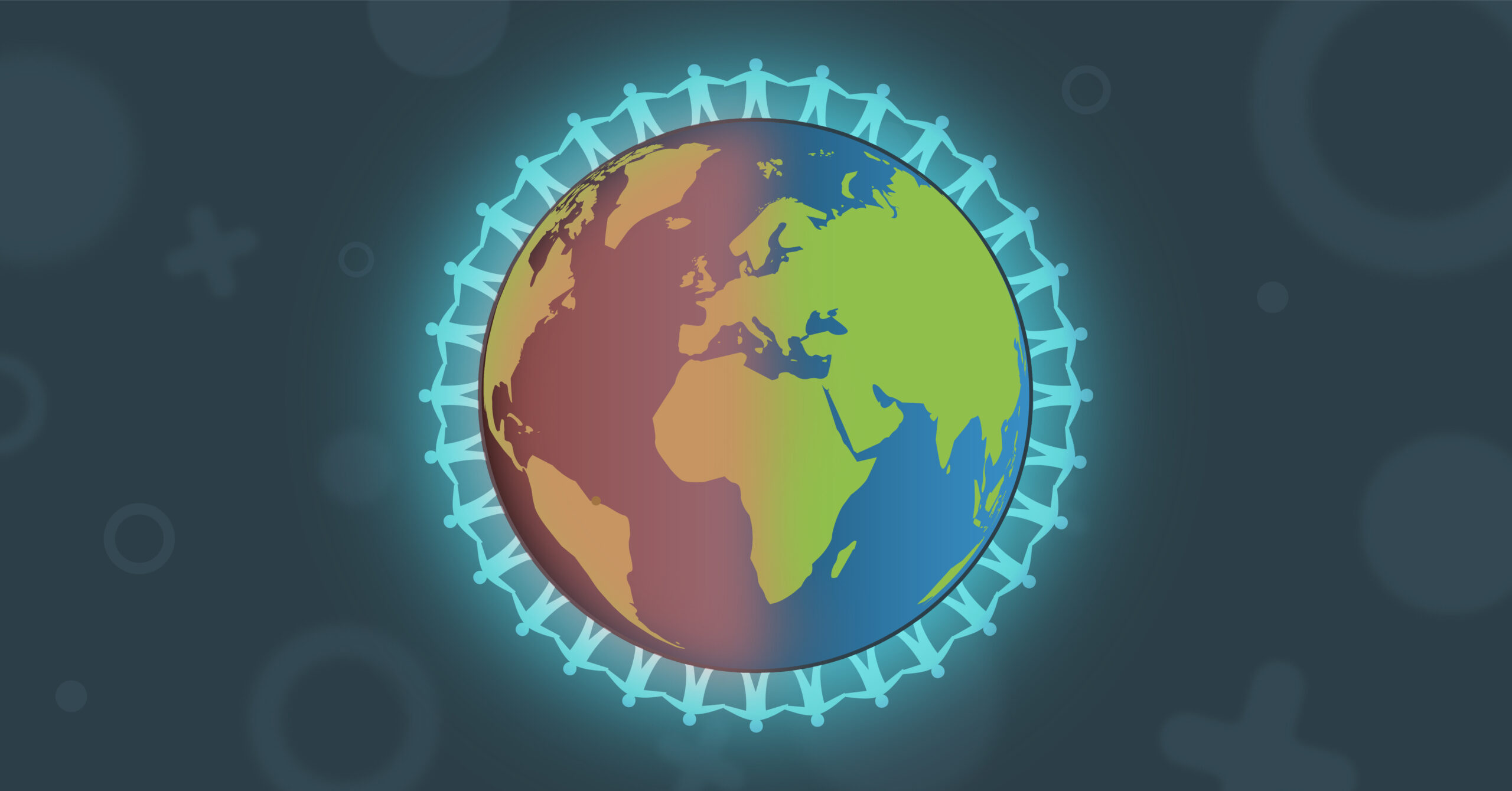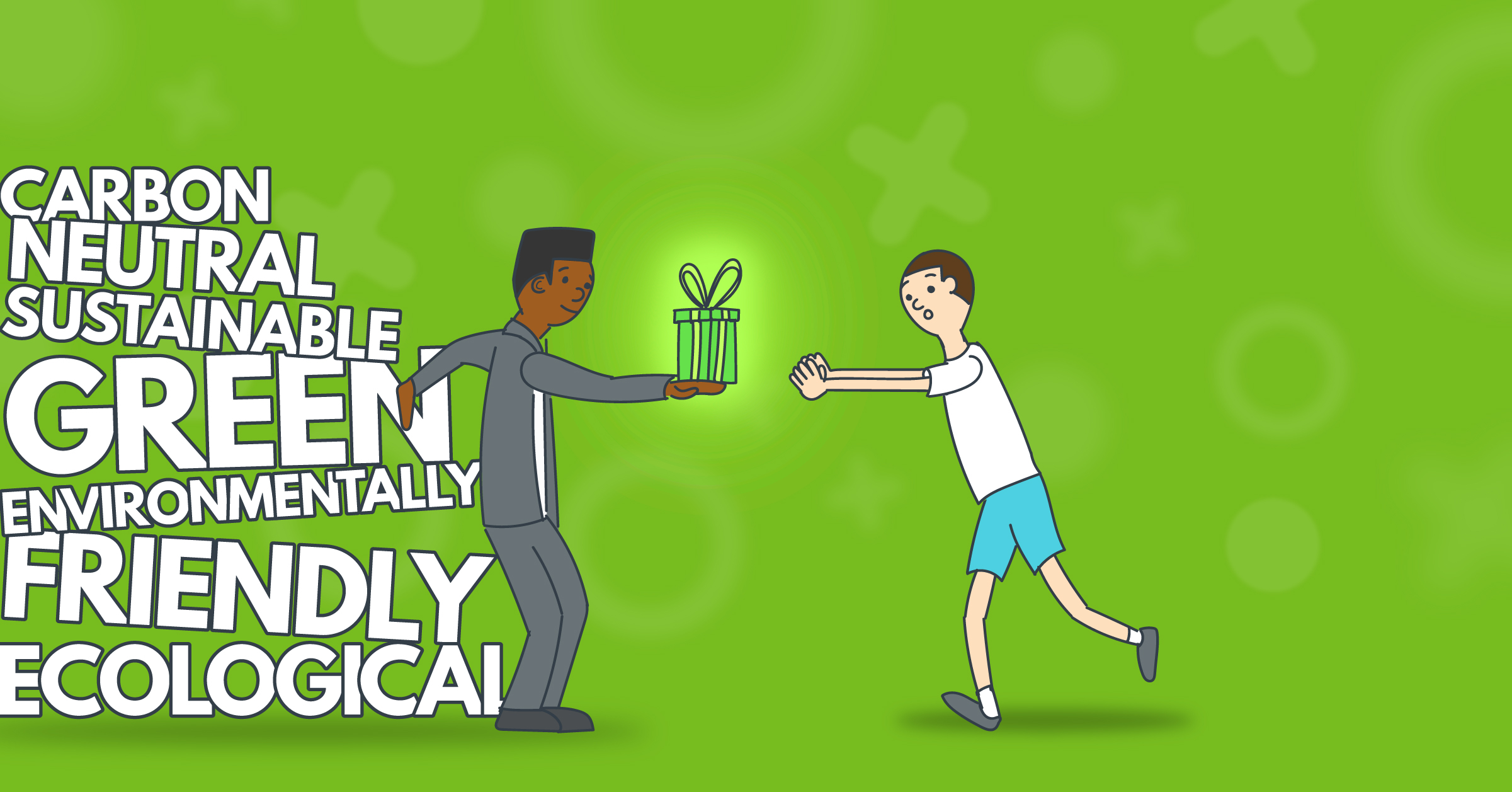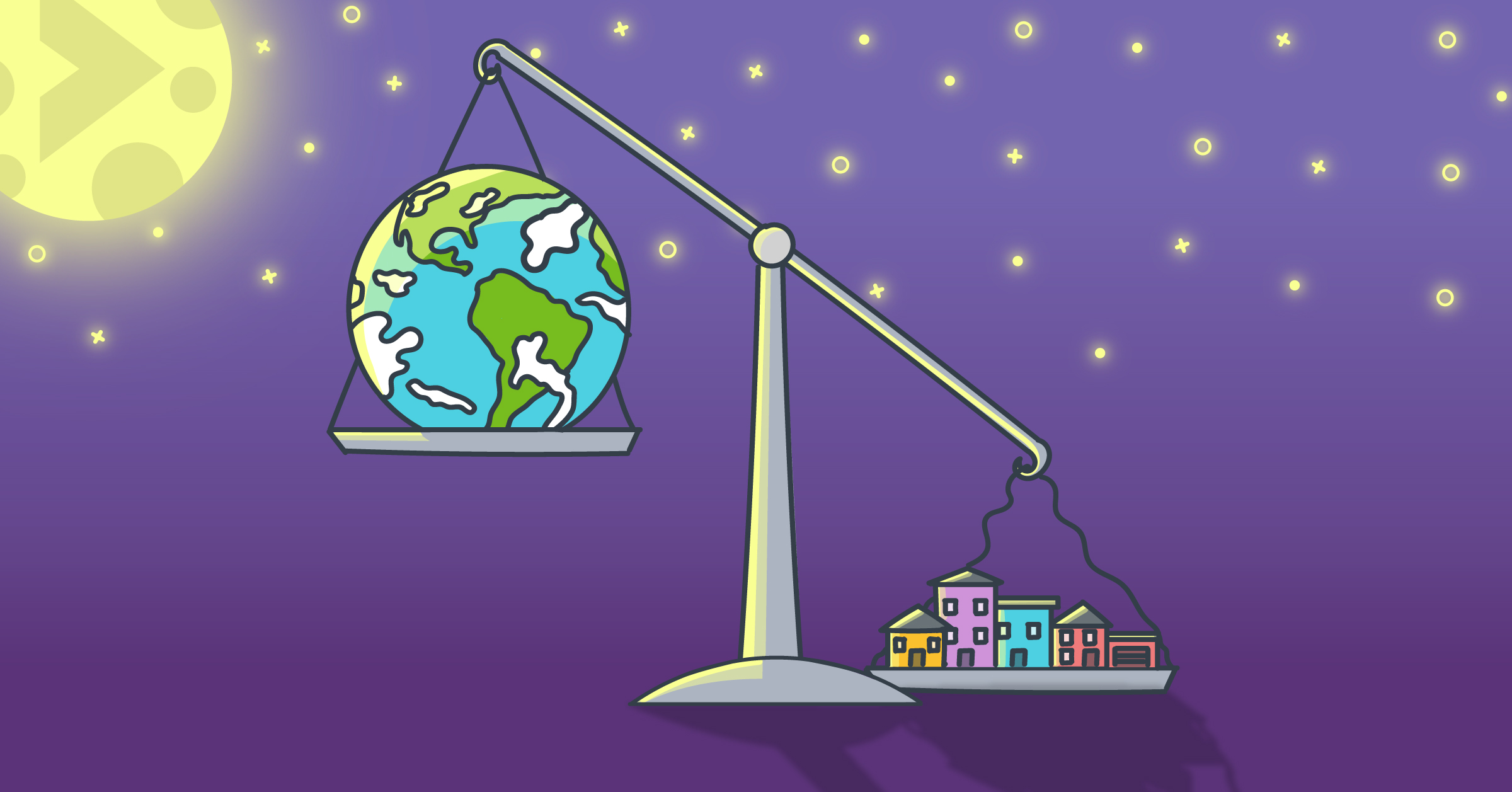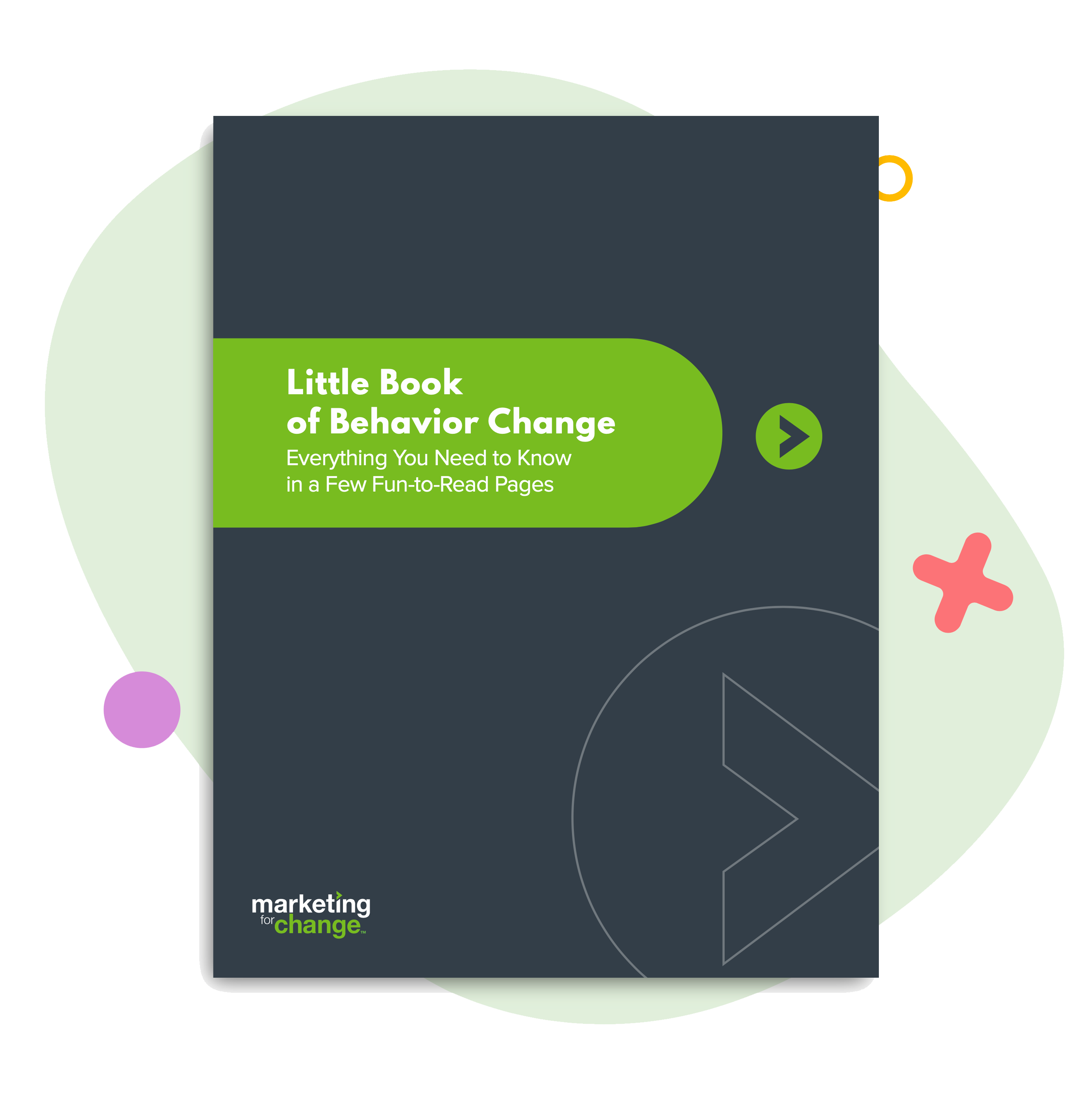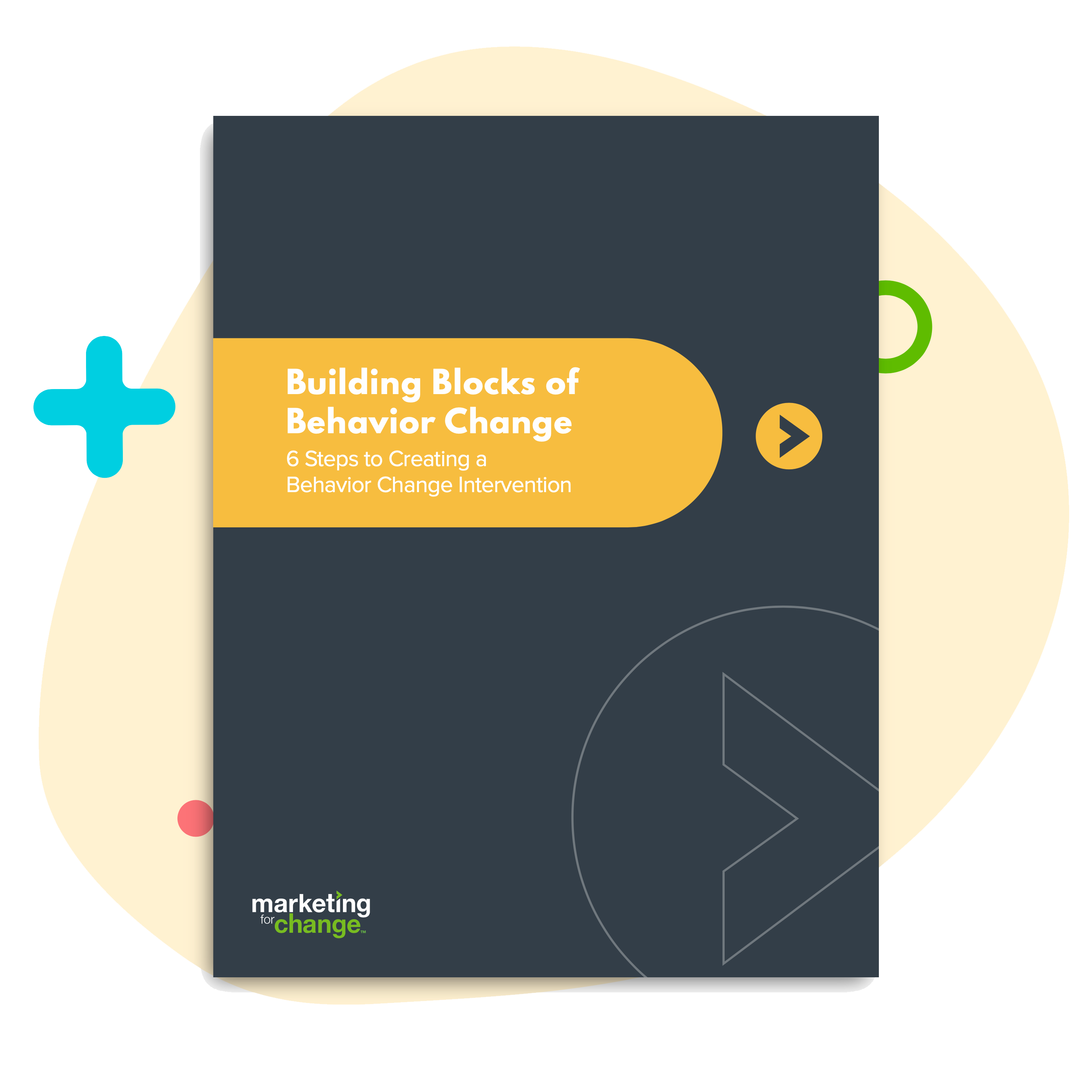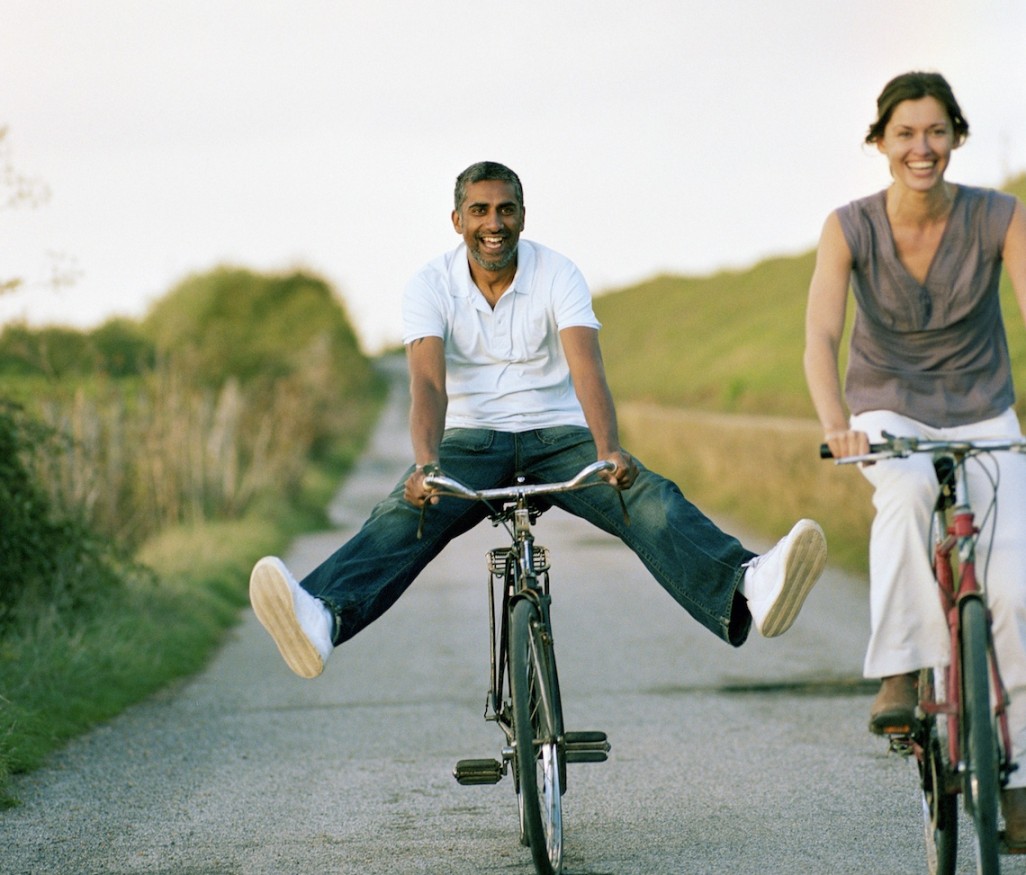
Why We Need to Make Climate Action Fun to Do Now
It’s hard to be an environmentalist. It’s even harder to hang out with them.
Seen through the eyes of a lover of the environment, everywhere you turn, things are going to hell in a handbasket. Here in Florida where I live, gooey brown algae lines our once-pristine sand-bottomed springs. Fish kills stack up along our shores. Dead zones spread across our bays. The Everglades is no longer a river of grass but a trickle pumped dry for federally subsidized sugar farms whose polluted runoff covers coastal waters on both sides of the state with a stinking green muck.
And climate change is making all of this worse.
It’s outrageous. And for decades, environmentalists have worked to leverage outrage. The most common method for raising awareness (and donations) is to publish shocking photos of callously butchered majestic beasts or to run ads that pair a guilt-inducing message with a glamour shot of a photogenic endangered species. In my favorite doom and gloom PSA, a sad-faced girl is about to be squashed by a train representing climate change.
There are a number of problems with this approach. One is that it’s a little worn out. Googling “save the” returns 288 million results — with Save the Children, Save the Food, Save the Chimps, Save the Family and Save the Manatee all making the top 20.
Another problem is that while it may prompt the signing of a petition or a clickthrough donation, it rarely changes the daily behaviors all of us engage in — driving, fertilizing, buying too much stuff — that treat our planet like a giant trash can.
But the biggest problem with the guilt-and-gloom approach is that it gives most everyone besides true believers (who are probably already doing the right thing) little reason to act. If pollution is such a big problem, how is my little bit of lawn fertilizer going to make a difference? If no one else is carpooling, why should I take the bus? If our springs are drying up because everyone wastes water, why should I be the only person who takes short showers?
Only martyrs love sacrifice, and there simply aren’t enough of them. The rest of us need a positive vision before we can get on board with something as hard as changing our behavior.
Earlier this month, CEO Brett Jenks of the conservation group Rare gave a lecture at Dickinson College after winning a prize for global environmental activism. Rare, which recently launched the Center for Behavior and the Environment, works in a field that at its core is fighting a losing battle against loss; by some estimates, at least 10,000 species go extinct each year. Nonetheless, Jenks had an optimistic message to share.
Jenks asked his audience to focus on “hope spots” happening all over the world. Things like the fact that organic farming and vegetarianism are on the rise, while world population growth is steeply declining. That McDonald’s is selling sustainable coffee and EasyJet plans to be powered by an electric fleet within 10 years. That solar is crushing coal on all fronts. And that the ozone hole, a big hairy environmental problem of the 1980s, is finally projected to close up.
The insights that can be garnered from behavioral science, Jenks told the gathered students and professors, can be used to address the most critical problem of our century: climate change. “The same emotional, illogical, tribal mind that created this mess can help us to clean it up,” Jenks said.
It’s time to leverage that hope, and save the world — one behavior at a time.

Sara Isaac is Chief Strategist at Marketing for Change.

